How To Grow Aloe Vera Indoors?
Aloe vera is a very popular plant that is best known for the healing qualities of the gel. They are common succulent plants, and aloe vera is just one of hundreds of different types of aloe plants.
Not only is it a gorgeous plant, aloe vera is easy to grow indoors as a potted plant, and makes a wonder houseplant. Given the proper aloe vera plant care, these amazing plants can live for many, many years.
Information About Aloe Vera Plant
Whether you want to grow aloe vera to harvest it’s medicinal gel, or you simply love the look of the plant, it’s definitely one that you will be able to enjoy for many years to come!
How fast does aloe vera grow? They can grow pretty fast outdoors, but are much slower growers when kept indoors as houseplants.
If you want your aloe vera to grow faster, then put it outside during the summer (just make sure the pot has drainage holes!).
Aloe Vera Plant Benefits
Most people are already very familiar with the medicinal and healing benefits of aloe vera plants. These days you’ll find aloe vera gel in everything from skin and haircare products, to drinks, supplements, and food products.
You can harvest aloe vera gel from your own plant to use it on minor burns and cuts, and even to make your own soaps, lotions, and other skin care products if you want.
Now we know why aloe vera is such a popular plant these days, and everyone wants to grow their own!
![]() Tips For Aloe Vera Plant Care
Tips For Aloe Vera Plant Care
The good news is that aloe vera plants are super easy to grow houseplants, and they do very well in pots.
There’s really not much to it, and guess what – your aloe vera might just do better if you ignore it, they thrive on neglect.
But, there are a few thing you need to do to keep your aloe vera growing it’s best. The two most important parts of aloe vera plant care are proper watering and lighting.
Watering Aloe Vera Succulent Plants
The most common mistake people make when it comes to aloe vera plant care is overwatering. Consistent overwatering is the number one killer of aloe vera plants!
In nature, aloes grow in desert climates where they hardly get any rain. Aloe vera succulent plants hold water in their leaves, so they can go a very long time without water.
Overwatering will eventually cause the stem of the plant to rot, eventually killing the whole plant from the bottom up.
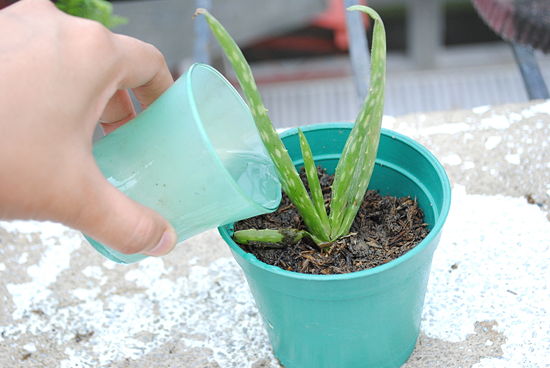 Aloe vera plants like to be watered more during the summer than the winter months, but will not tolerate being consistently overwatered at any time during the year. It’s best to allow the soil to dry out completely between watering.
Aloe vera plants like to be watered more during the summer than the winter months, but will not tolerate being consistently overwatered at any time during the year. It’s best to allow the soil to dry out completely between watering.
Stick your finger one inch into the soil to make sure it’s dry before you water the plant. When it’s time to water, give your aloe vera plant a good drink, allowing all of the excess water to run out the bottom of the pot.
Never leave an aloe plant sitting in water though.
If you struggle with overwatering plants, I highly recommend using a soil moisture gauge to help you figure out when to water your aloe vera.
Aloe vera plants go into a state of dormancy during the winter, and mature aloes won’t need much water at all during that time.
You should give your large aloe vera plants a small amount of water 2 or 3 times during the entire winter.
![]() Indoor Light Requirements
Indoor Light Requirements
The second most important thing about aloe vera plant care is proper lighting. Aloe vera plants will grow their best indoors when given lots of light. If they don’t get enough light, they will grow tall and leggy over time.
A south facing window would be the ideal spot, but they also grow well under artificial lights. If you don’t have enough sunlight in your home, then you should definitely get a grow light for your aloe vera.
If you’d like, you can move your aloe vera plant to a sunny spot outside during the summer months, but be very careful when you first move it outside.
An aloe plant that has been growing inside all winter will be sensitive to direct sunlight. So make sure to slowly acclimate your plant to the sun or the leaves could burn.
![]() Best Potting Soil For Aloe Vera Plants
Best Potting Soil For Aloe Vera Plants
The best soil for aloe vera is one that drains very quickly, and doesn’t hold water. A commercial succulent soil potting mix for aloe vera and other succulents would work great.
Or you could use a gritty succulent soil mix which will make it even easier to ensure you don’t overwater your aloe vera.
If you plan to repot your aloe vera, make sure you use a container that has drainage holes in the bottom. Pots made out of terracotta or clay are the best pots for aloe vera, and will help to keep you from overwatering your plant.
The clay wicks water out of the soil helping it dry out much faster, which is ideal for growing aloe vera.
Fertilizer For Aloe Vera
Aloe vera plants don’t really need to be fertilized. But like most plants, they will benefit from being fed once and a while during their active growing season (spring through summer).
We recommend using organic plant fertilizer on your aloe vera, rather than the chemical stuff – especially if you plan to harvest and use the gel. A general purpose organic succulent plant fertilizer will work great for aloe vera plants.
Fish emulsion and liquid kelp are also fantastic natural liquid fertilizers for feeding aloes (but I recommend only using those outdoors, they can be a bit stinky).
Aloe plants go into a state of dormancy in the winter, and will hardly grow at all. So, don’t fertilize your aloe vera plant during the fall and winter months.
Fertilizing your aloe vera plant a few times during the growing season can also help to encourage flowers.
Even though they can bloom, it’s very rare to see aloe vera flowers on plants that are growing indoors.
Propagating Aloe Vera Plants
It’s easiest to propagate aloe vera plants by division, but they can be propagated from stem cuttings as well (which can be much more difficult).
To propagate by division, all you need to do is remove the aloe vera pups from the mother plant.
Aloe vera will grow babies (aloe vera pups) around the base of the plant, and these babies can be removed from the mother plant and potted up on their own to create a new plant. It’s as easy as that!
If your aloe vera plant has grown huge and has a long stem at the bottom (and you’re feeling brave), you could try propagating the whole thing from one large stem cutting.
It’s much easier to do if your plant has already started growing roots on the stem.
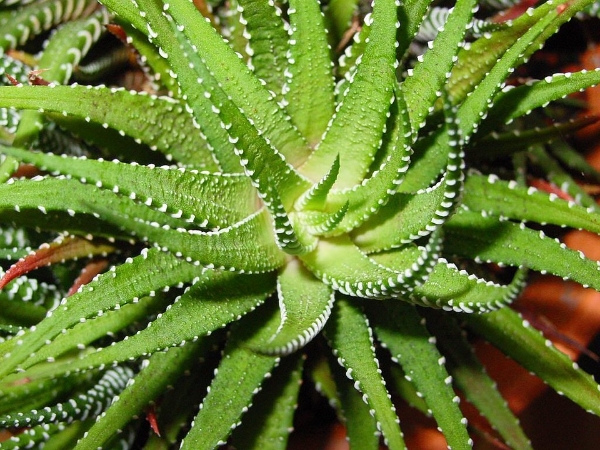 After you make the cut, allow the wound to cure (dry out) for several days so it calluses over (the larger the cutting, the longer you should let it cure).
After you make the cut, allow the wound to cure (dry out) for several days so it calluses over (the larger the cutting, the longer you should let it cure).
Then dip the cutting into rooting hormone and stick it in a dry sand/perlite soil mix, or use a gritty succulent potting soil. Keep the air around the cutting humid and do not water the soil until you see new growth.
You can also leave the stem piece growing in the pot after you cut off the main plant. That will start to get new leaves again, and grow into a whole new plant.
Aloe Vera Plant Care Problems
The main problems that most people have with aloe vera plant care are due to overwatering or insufficient lighting, so make sure you’re familiar with all the tips above to avoid any issues.
Here are some common aloe vera plant care problems, and what to do about them.
- Mushy stem – If the stem of your aloe plant is completely mushy it means that the plant has been overwatered, and now it’s rotting at the base. If the rot has just started, and most of the stem is still firm and healthy, then you might still be able to save your plant! But you have to act fast. Cut the stem just above the rotted section, and try propagating it (see the propagation section above). Make sure you cut off all of the rot before propagating or it will just continue to spread on the cutting.
- Brown leaves – The first thing to do is check the stem of the plant to make sure it’s firm and healthy. If the stem looks good, then check the brown leaves to see if they are mushy, or if they are dried and shriveled. If your aloe has brown mushy (rotting) leaves, but the stem is still firm, simply trim off the mushy leaves at the point where they’re attached to the stem and slow down on watering. On the other hand, if the leaves on your aloe are drying out and shriveling up, that’s a sign it’s getting too dry (yes, it is possible to under-water an aloe vera plant!) and could use more water. Dry leaves can also be trimmed from the plant.
- The plant is very tall and thin – This means your plant hasn’t been getting enough light. Move it to a sunny window, or add a grow light to give it more light (see the indoor light requirements section above for more details).
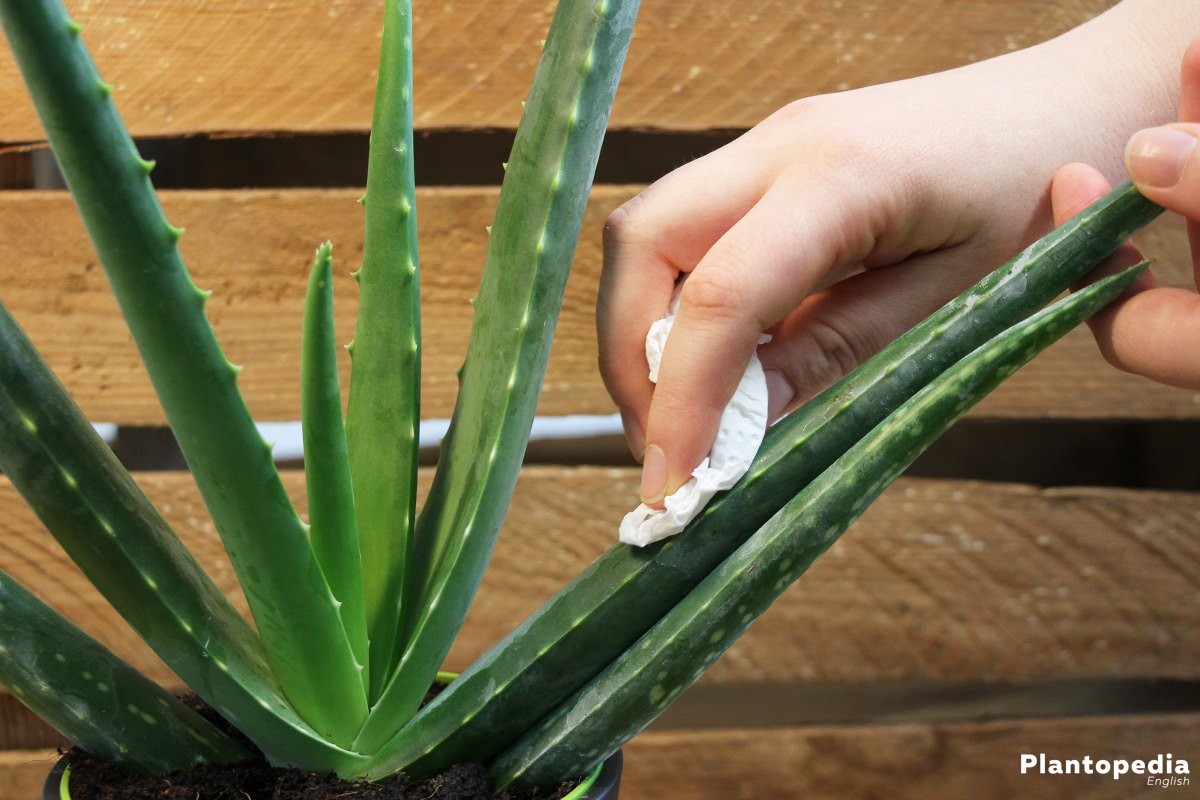 Aloe vera plants are easy to grow indoor plants that thrive on neglect. Once you get the hang of these simple aloe vera plant care techniques, your plant will grow for years to come.
Aloe vera plants are easy to grow indoor plants that thrive on neglect. Once you get the hang of these simple aloe vera plant care techniques, your plant will grow for years to come.
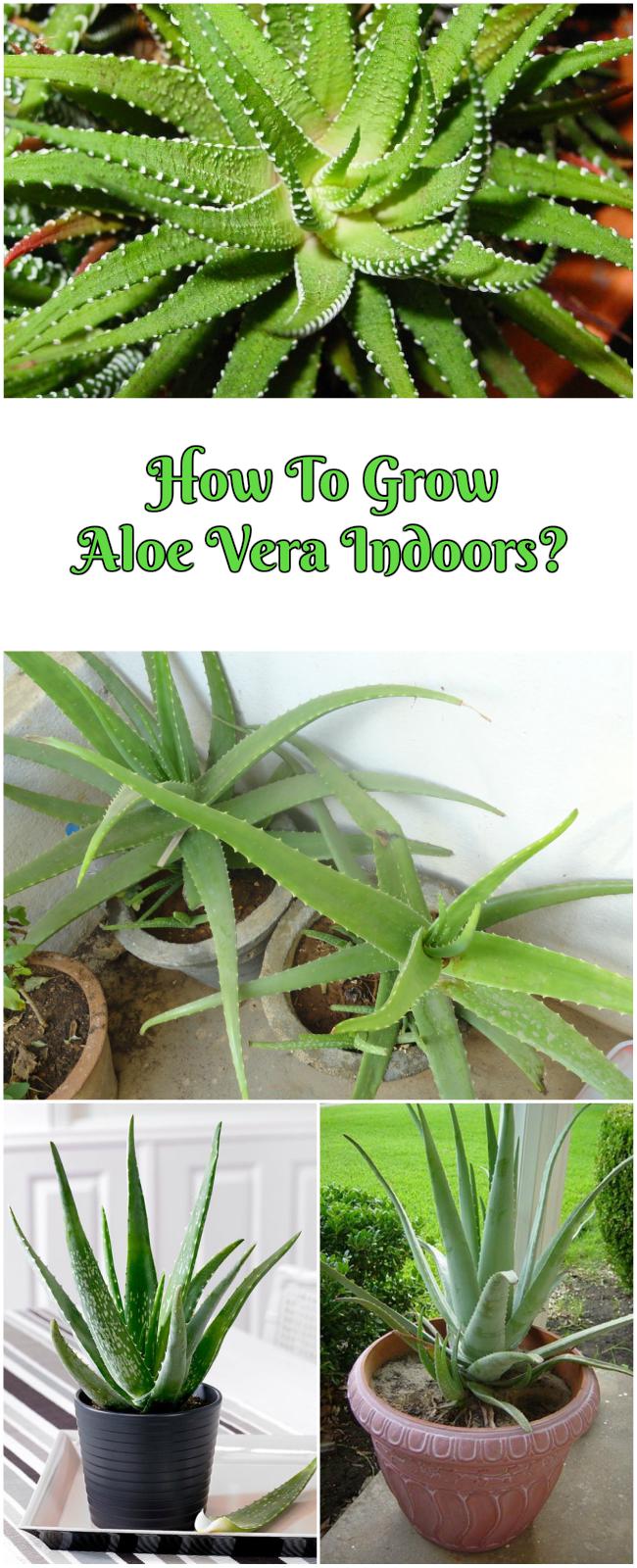

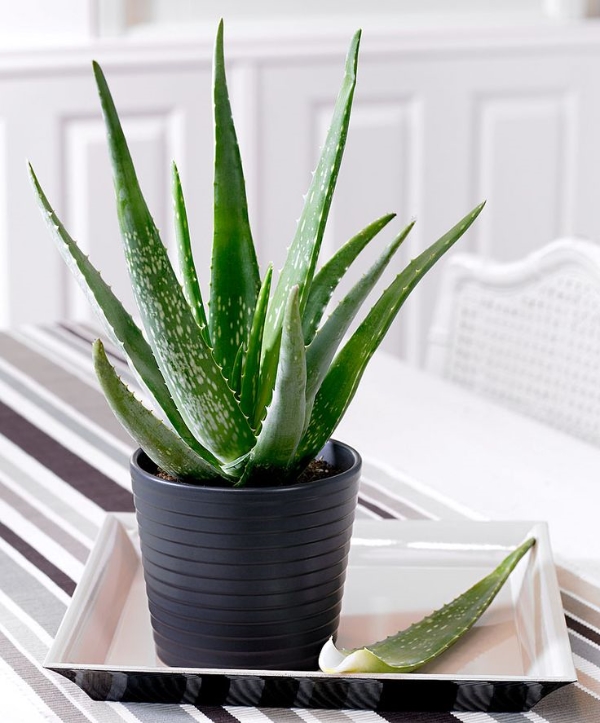 Tips For Aloe Vera Plant Care
Tips For Aloe Vera Plant Care Indoor Light Requirements
Indoor Light Requirements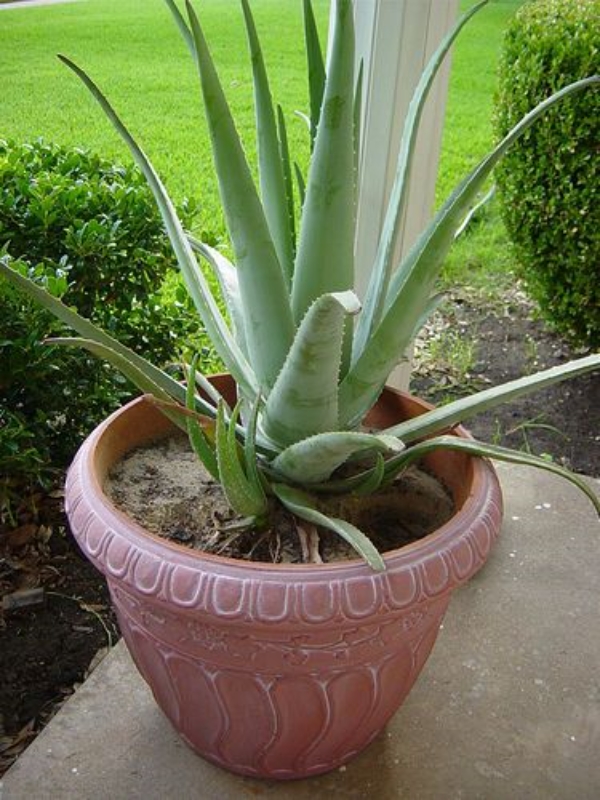 Best Potting Soil For Aloe Vera Plants
Best Potting Soil For Aloe Vera Plants
Comments are closed.